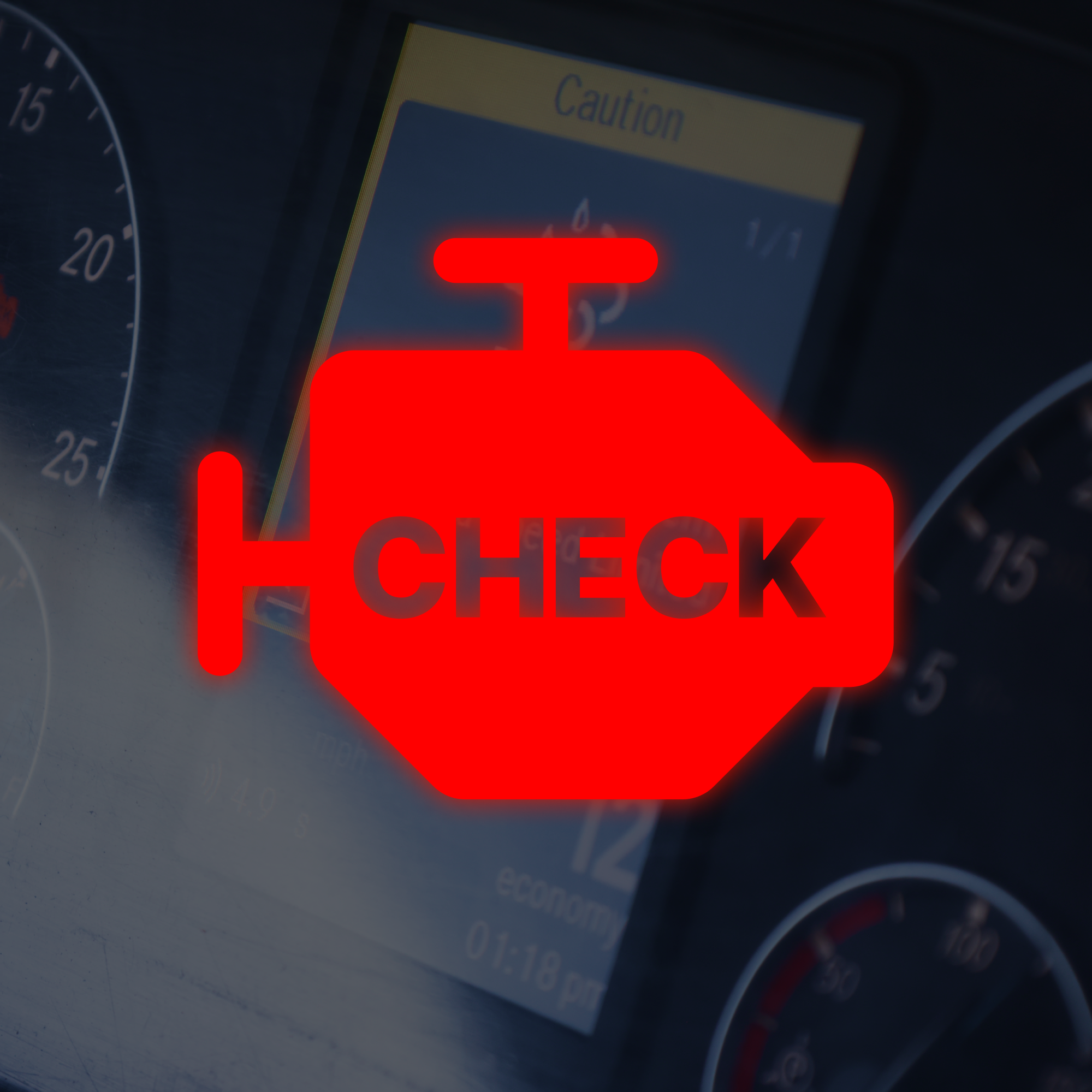Fault code 3231, also known as SPN 4360 FMI 0 or SPN 4360 FMI 16, isn’t just another number—it’s a serious warning that the SCR (Selective Catalytic Reduction) intake temperature has exceeded its safe limit.
Ignoring this fault code can lead to decreased performance, higher repair costs, and potential downtime, making it essential to address the issue promptly.
Why does this fault code matter? The SCR system plays a critical role in reducing emissions and ensuring compliance with environmental standards. When the intake temperature exceeds its allowable threshold, it could signal underlying problems that need immediate attention.
In this blog, we’ll explore what this fault code means, what causes it, and how you can resolve it to keep your truck running efficiently. Understanding this fault code is the first step to preventing damage and maintaining peak performance.
Let’s break it down!
What is fault code 3231?
This fault code signals that the Selective Catalyst Reduction (SCR) intake temperature sensor has detected temperatures exceeding 122°F or 650°C for more than 60 seconds.
When this happens, your truck's engine control module will activate the red stop engine light and the malfunction indicator lamp (MIL) immediately.
The SCR intake temperature sensor is crucial for monitoring the exhaust temperature entering the SCR catalyst. The ECM converts the voltage from the sensor into a temperature reading, ensuring that the SCR system operates within safe parameters.
The SCR intake temperature sensor is located between the diesel particulate filter and the SCR catalyst in the exhaust system. This position allows it to accurately measure the temperature of the exhaust gases entering the SCR catalyst.
This diagnostic runs continuously while the engine is running, provided that active regeneration of the diesel particulate filter is not occurring. This ensures constant monitoring of the SCR intake temperature.
The ECM sets this fault code when it detects that the SCR catalyst intake temperature sensor has recorded temperatures above 122°F or 650°C for more than 60 seconds. This prolonged high temperature can indicate severe issues within the after-treatment system.
What happens when this fault code is active?
When this fault code is active, the ECM takes immediate action to protect the engine and after-treatment system. It activates the red stop engine light and the MIL and may reduce engine performance to prevent further damage.
How to reset this fault code:
-
Perform a key cycle: Turn the engine off, wait 1 minute, then start it again and let the engine idle for 1 minute.
-
The fault code status displayed by OTR Diagnostics will change to inactive after the diagnostic run passes.
-
You can also use OTR Diagnostics to clear the MIL or check the status of the fault code.
Possible causes for this fault code include:
-
Degraded, diluted, or incorrect diesel exhaust fluid
-
Malfunctioning SCR intake temperature sensor
-
Upstream exhaust system malfunctions
If you’re using OTR Diagnostics, you already know it’s an indispensable tool for performing OEM fault code resets, after-treatment maintenance, and regens with ease.
If you haven’t tried it yet, OTR Diagnostics is specifically designed to give you all the information you need for your Cummins engine, empowering you to take full control of your maintenance and keep your truck operating at peak performance.
Don’t let fault code 3231 (or SPN 4360 FMI 0/16) slow you down. Promptly addressing this issue is critical to avoiding costly repairs and ensuring your truck runs efficiently. Pairing regular maintenance with high-quality diesel exhaust fluid and the insights from OTR Diagnostics gives you the tools to prevent future issues.
Learn more about OTR Diagnostics or read our other blogs for additional tips and expert advice!






Cummins fault code 3255 (SPN 3246 FMI 0 or 16): A critical DPF sensor issue explained
Mastering your truck’s aftertreatment system: 9 must-know components